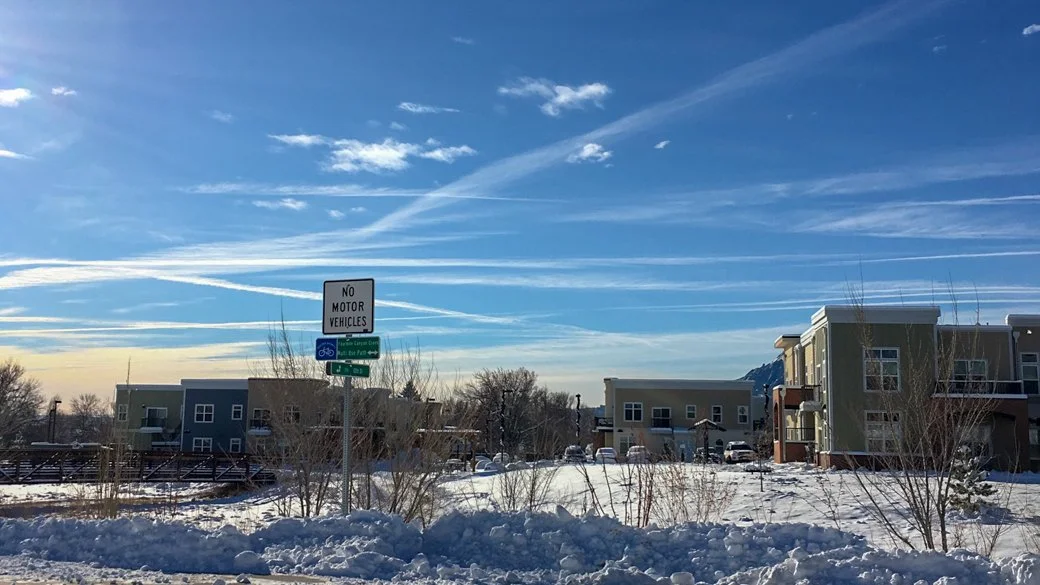Homogenitus Cloud: Caused By Human Activity
Definition: A variation of clouds induced by aircraft, power plant emissions, or other human activity
Description & Characteristics. With homo translated from latin meaning human and genitus translated from latin mean created from, the ‘homogenitus’ cloud formation is found in three cloud types: cirrus, stratus, and cumulus. The proper cloud classification abbreviation for this cloud is ‘Ci hogen’, ‘Cu hogen’, and ‘St hogen’. They describe a cloud that forms from a human source, such as aircraft condensation trails and powerplants.
As a general rule, a condensation trail from an aircraft is named a contrail within the first 10 minutes it’s created. If the contrail lasts longer than 10 minutes, then the cloud classification cirrus homogenitus is applied. Should the cloud continue to persist and evolve towards a more natural appearance, its cloud classification changes from homogenitus to homomutatus. Note that the cloud classification of cirrus homogenitus cannot include other cloud species, varieties, or features.
Clouds created through other human-related activity such as powerplants can be classified as cumulus homogenitus and stratus homogenitus. The term fumulus is a legacy term that refers to cumulus homogenitus clouds. If a fire that’s created by human activity (such as a controlled burn) ends up creating a cloud, the cloud classification would be cumulus homogenitus.
Homogenitus Cloud Types
The homogenitus cloud is associated with three cloud types: cirrus, cumulus, and stratus.
High, wispy streaks
Low, puffy, fair-weather
Low, featureless layer






